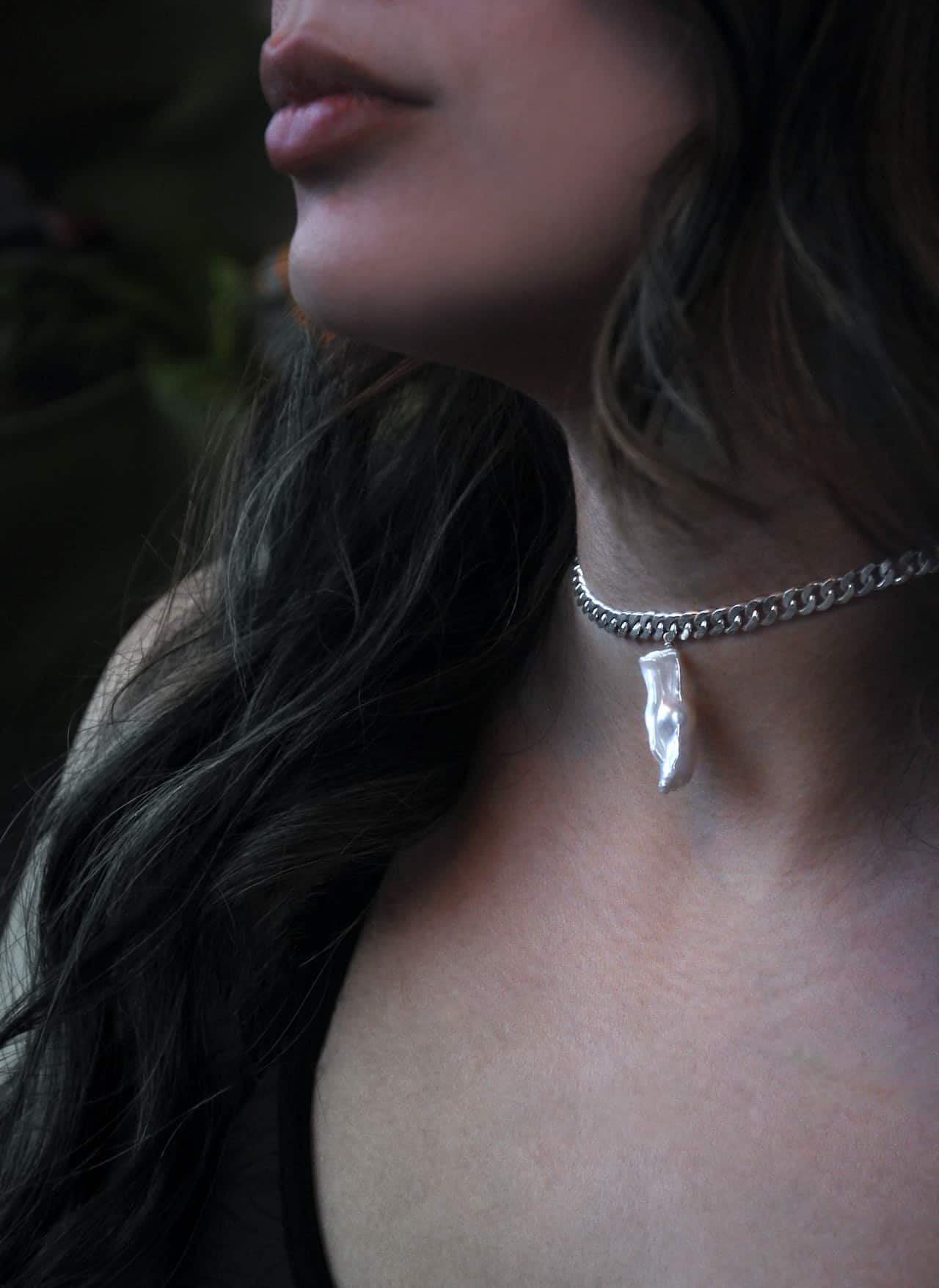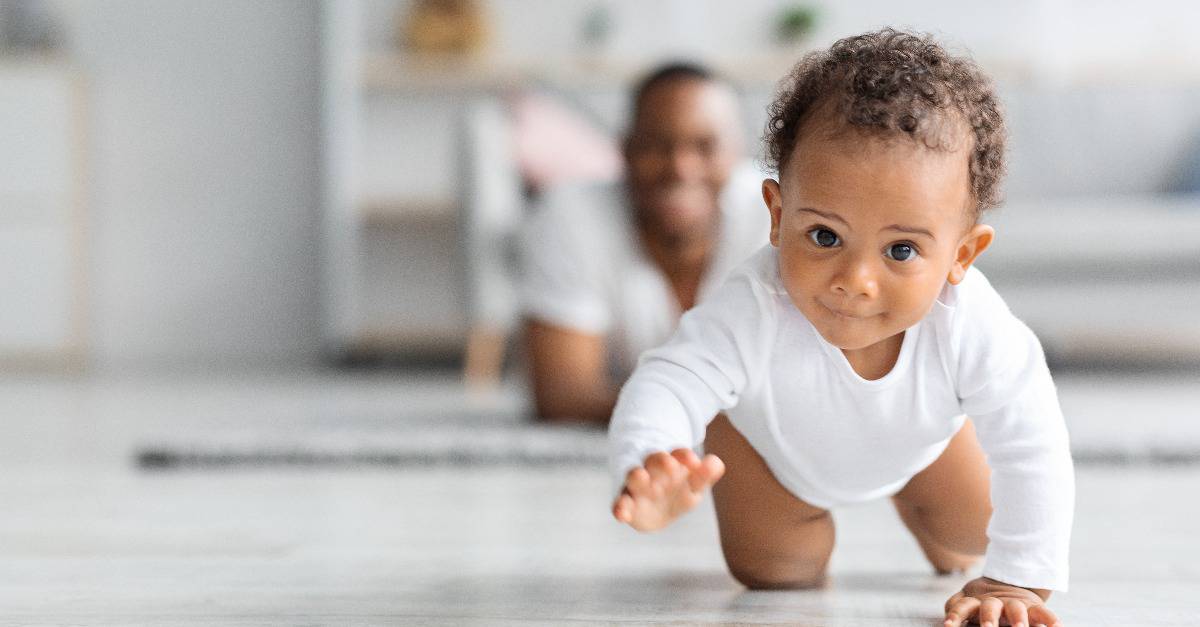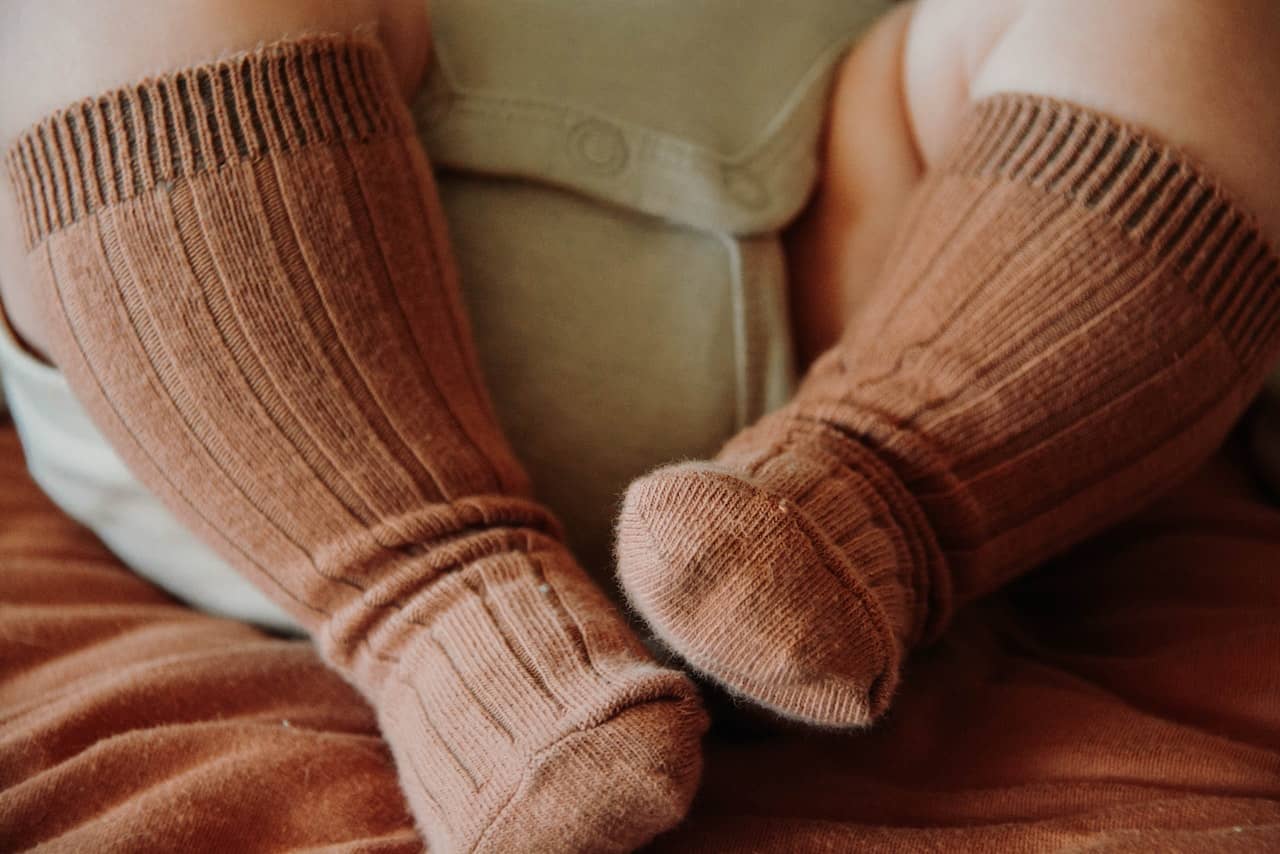Your baby learning to crawl is one of the most significant milestones you might anticipate as a parent. When you notice your child’s crawling movements are atypical of the regular crawling pattern you see, it’s inevitable to worry and wonder if this is a cause of concern.
How to fix asymmetrical crawling? There are various ways to fix asymmetrical crawling. One of the things you can do is facilitate your baby’s crawling and provide them with physical support. You can also help them strengthen their hips and core and work on their balance.
Identifying the asymmetrical crawling position your child exhibits before trying to correct it is essential. It’s also best to check what causes your baby to crawl a certain way. The sooner you notice it, the better your chances of preventing your baby from developing long-term problems.
A Guide on How to Fix Asymmetrical Crawling

1. Encourage Tummy Time
Tummy time is essential for babies’ growth and development. After all, it helps improve infants’ motor skills and makes muscles more robust, so they can eventually crawl, sit up, and walk without difficulty.
You can help your infant enjoy tummy time by putting toys around them, which will urge them to interact with their surroundings. Remember to clear the area of clutter to avoid mishaps. Start with short tummy time sessions, and increase the time as your baby grows older.
2. Facilitate Your Baby’s Crawling
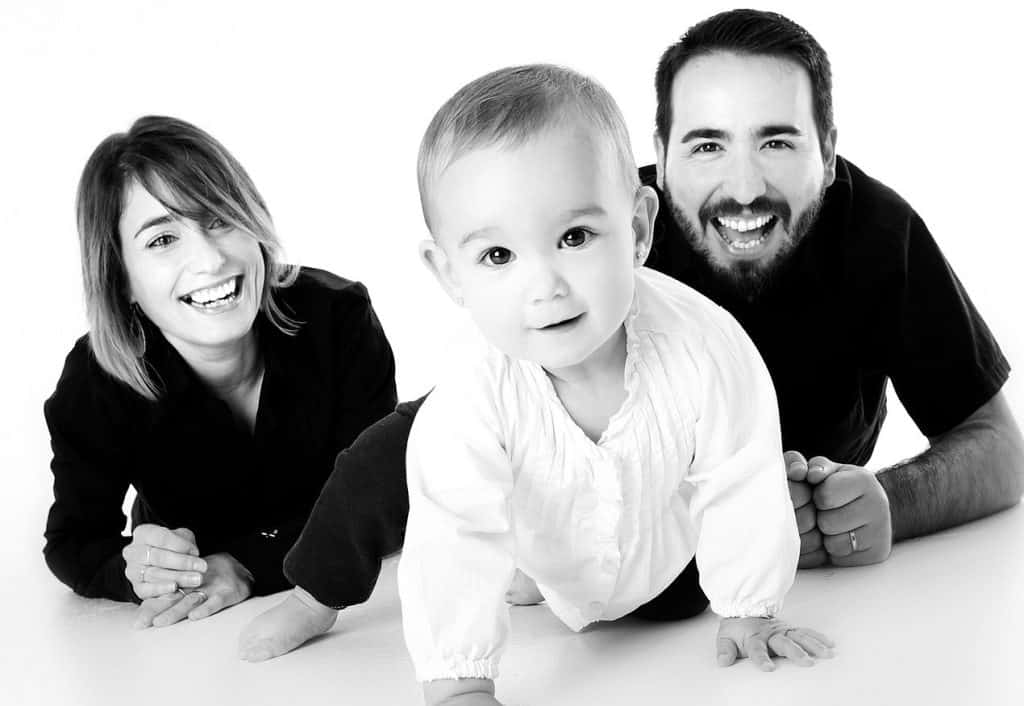
An excellent first step in fixing asymmetrical crawling is giving the child physical support. Adjust your infant’s hands and knees when necessary. Remember to be gentle and patient while doing this.
For instance, while the baby crawls, try holding their ankle gently to restrict them from using only one foot, which leads to asymmetrical crawling. This method encourages your child to use their knees to crawl.
It’s significant to emphasize that you mustn’t overdo this technique. While facilitating your infant’s crawling, be mindful of their weak trunk. Before babies develop their core muscles, they tend to fall face first, and you’d want to avoid that from happening.
3. Strengthen Your Baby’s Hips and Core
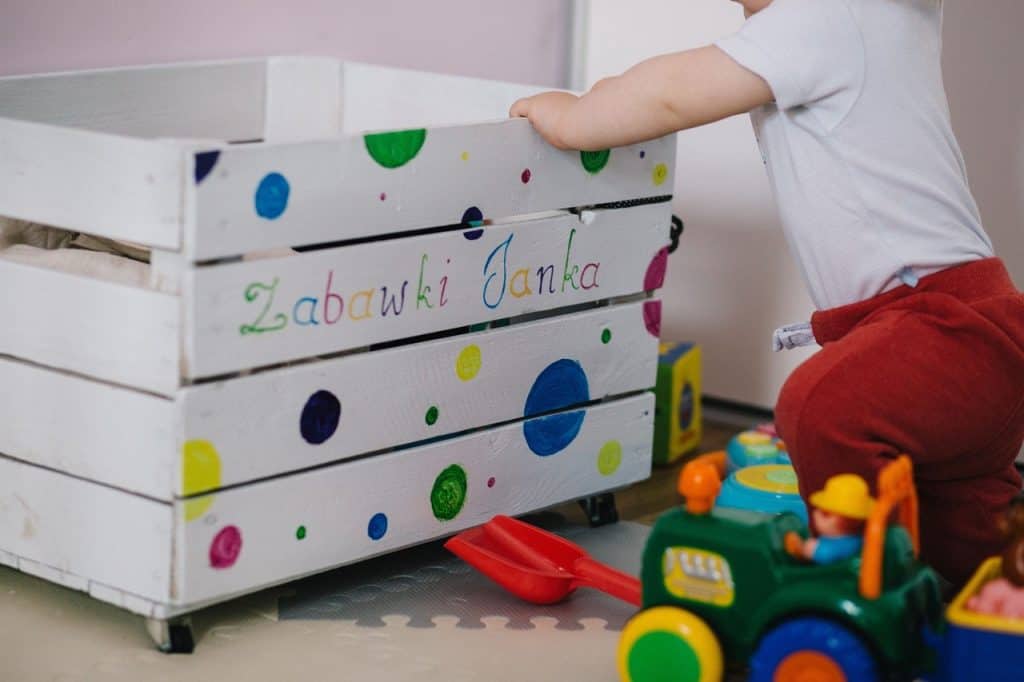
You can help fix asymmetrical crawling by strengthening the babies’ cores. One way to do this is by sitting in a “V” position on a flat surface, placing your baby between your legs, and letting them face you. Your inner thighs will serve as cushions on the sides to prevent accidents.
While in this position, arrange interesting toys like rattles and colorful shaped blocks in front of the child that’ll encourage them to twist and turn to retrieve the objects. When you think your baby can do so, challenge their body by increasing their distance from the toys.
Another technique you can try is the supported kneeling method. Facilitate the child to kneel on a flat surface, and encourage them to push objects, such as a box, forward while on their knees. Side sitting also helps strengthen the hips and trunk.
4. Encourage Your Baby to Crawl Over Obstacles
One of the most effective ways to prevent your child from asymmetrical crawling is by encouraging them to crawl over obstacles, such as pillows. Doing so will make it challenging for them to use one limb more than the other, urging them to put weight on their hands and knees.
5. Use a Physioball
Another effective way to fix asymmetrical crawling is by using a physioball. A physioball is an inflatable vinyl or rubber ball primarily used in training or rehabilitation. It’s a handy tool that can activate muscles and strengthen the core through weight shifting.
6. Visit Your Pediatrician
In some cases, asymmetrical crawling requires professional medical interventions, depending on the cause. For instance, your child might need sensory integration therapy if they have autism spectrum disorder. They might have to undergo vision therapy if the reason is vision issues.
Types of Asymmetrical Crawling
Some parents notice their child tucking in one leg and forcing the other leg to do all the work while crawling. Upon further observation, they’ll realize that this atypical crawling movement makes them go in circles instead of in a determined direction.
Meanwhile, some infants crawl with their knees under their hips, sticking one leg to the side to propel themselves forward. There are multiple types of asymmetrical crawling. Knowing your child’s asymmetrical crawling form is best to discern the correct intervention or treatment.
1. Bunny Hop Crawling
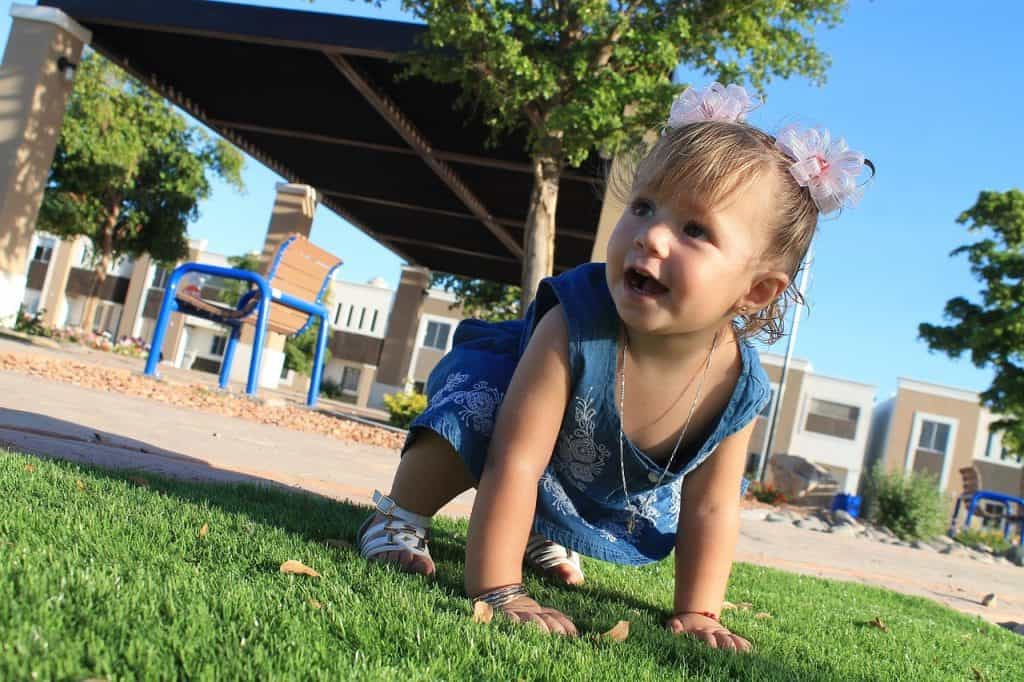
Bunny hop crawling is when a baby gets around by pulling both knees forward instead of moving their legs alternately in conjunction with the opposite arms. This crawling form can cause issues with your child’s hip muscles and joints due to the overuse of the hip flexor.
Bunny hopping hinders your baby from learning to fully move both of their legs alternately, which is essential for learning how to stand and walk. This crawling also encourages the baby to point their feet downwards, allowing them to stand and walk on tiptoes later.
This crawling form also urges babies to assume the W position when sitting. When your child sits in this position, the hip goes into internal rotation and adduction, which can negatively affect their hip development.
2. Commando Crawling
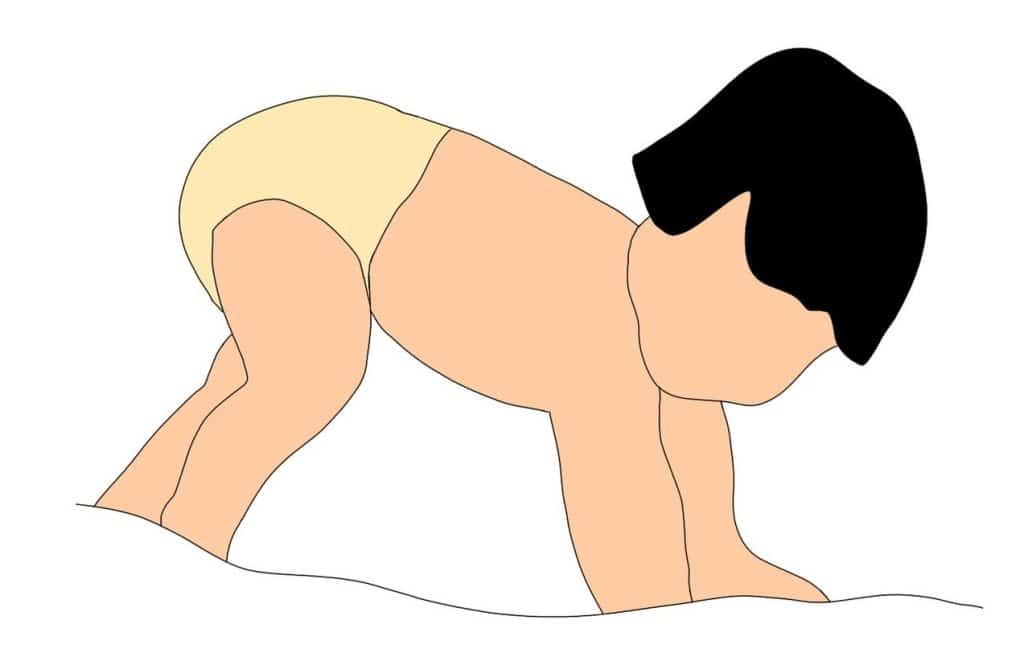
Commando crawling (also called creeping or belly crawling) is often the first movement a baby does when they develop body awareness around six to seven months. Babies usually graduate from this crawling form, so there’s no need for concern in most cases.
3. Frog Leg Crawling
Another asymmetrical form is frog leg crawling, wherein the baby sprawls their legs to the sides further than necessary. In some cases, it’s a clear indicator of core and hip weakness or increased mobility in the hip joints.
This crawling form can negatively impact your child’s development. The baby might find crawling on hands and knees challenging because of their weak hips and weakened core or abdominal muscles.
4. Bottom Scooting
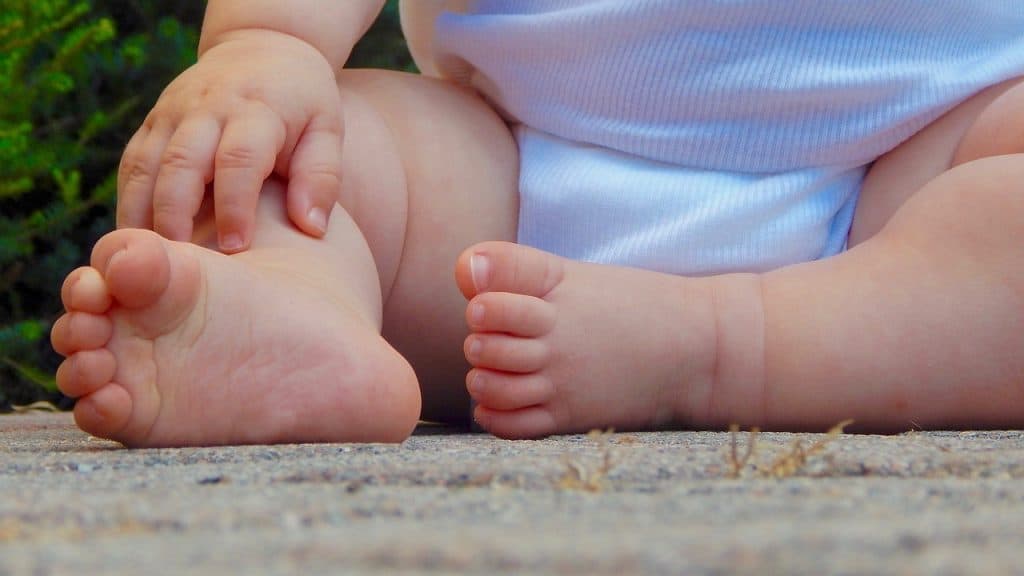
Babies do bottom scooting or shuffling when they first learn how to explore their environment. They sit on their butt, bend one of their legs, and keep the other straight. You might notice one of their hands on the ground, which is usually the same side as their bent leg.
The baby would launch their bodies forward by shifting its weight onto its other hand. Butt scooting encourages children to asymmetrically weight-bear on the arm they use to propel their bodies forward, which can result in arm muscle weakness.
The same weight-bearing happens to the side of the hip parallel to the bent leg, leading to muscle asymmetry in the hips and trunk. Bottom scooting also discourages trunk rotation. It’s worth noting that trunk control is a critical aspect of a child’s development.
In a nutshell, butt scooting can hinder the development of hip, shoulder, neck, and abdominal muscle strength and exacerbate asymmetry. The child’s spine might also curve to one side, leading to scoliosis.
Therefore, it’s best to discourage your child from doing this. Help them avoid bottom scooting by having them crawl over your leg or a soft object like a couch pillow.
5. Bear Crawling

Another type of asymmetrical crawling is bear crawling. True to its name, bear crawling is when a child crawls or walks on their hands and feet with their bottom sticking up in the air, like bears. This movement increases the risk of developing skeletal and muscle issues.
6. Crab Crawling
Like bear crawling, crab crawling portrays a child settling on all fours. They place their weight on one leg. The baby uses the other leg to push themselves forward or backward, using both hands to direct and control their movements.
Some Possible Causes of Asymmetrical Crawling
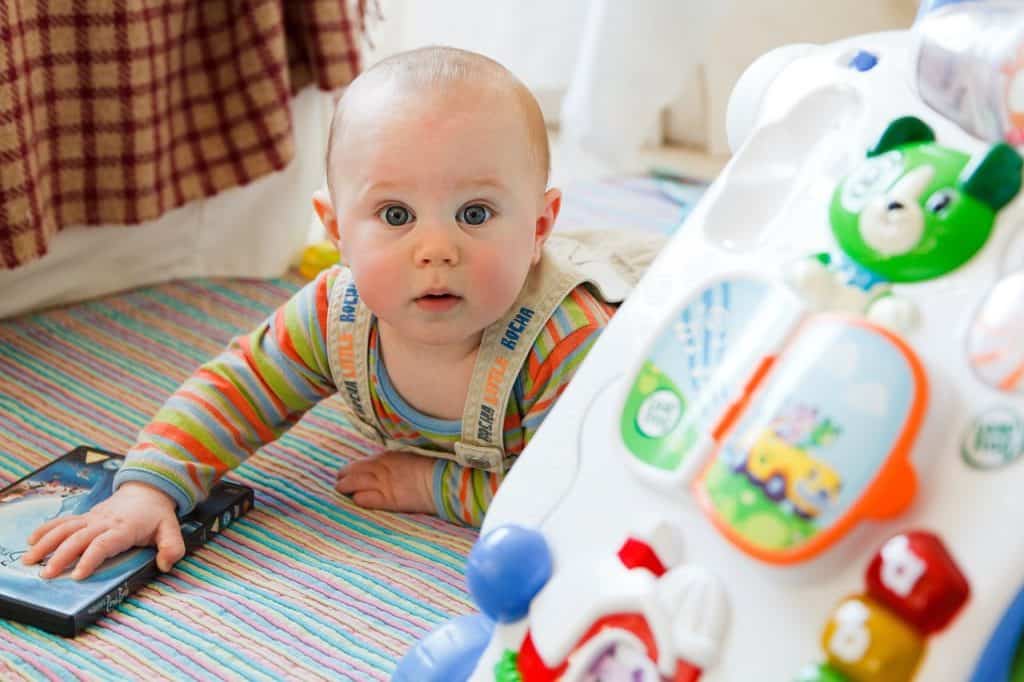
Poor Body Awareness
If your baby doesn’t crawl by using one arm and the opposite knee simultaneously, there are multiple possible reasons. One of them is poor body awareness. Poor body awareness or kinesthesia refers to one’s perception of body parts and their position in space.
The rate of development of body awareness differs for every child. If you notice your baby crawling asymmetrically, the cause might be poor body awareness. Typical signs include clumsiness, trouble imitating movements, and difficulties with gross motor activities.
Autism Spectrum Disorders
According to a study exploring symmetry in early autism spectrum disorders (ASD), there’s evidence of movement anomalies (e.g., motor skills) among children with ASD. In other words, some infants diagnosed with ASD display asymmetrical crawling positions.
It’s important to emphasize that not all children with ASD exhibit asymmetrical crawling. Similarly, asymmetrical crawling isn’t always a telling sign of ASD. However, if you notice early signs of ASD in your infant, it’s best to consult your pediatrician immediately.
Final Thoughts
No one can predict a baby’s crawling method before they learn how to walk. What parents can do is give their babies lots of tummy time to encourage crawling and provide them with the necessary guidance and support along the way.
Asymmetrical crawling isn’t uncommon. As stated earlier, not all asymmetrical crawling forms warrant concern. In most cases, this condition improves over time, and you can correct them with proper intervention.
If your child’s wonky or imbalanced movements worry you, don’t hesitate to consult a healthcare professional. After all, you can’t rule out medical reasons as a possible cause of your child’s asymmetrical crawling.

